I’ve been asked a number of strange and interesting foraging questions. Usually, it’s something along the lines of, “What plant is this?” (I find plant-identification questions to be the most reasonable and ridiculous, all at once. On the one hand, identifying plants is a big part of what I do. On the other hand, there are close to 400 million species of plants in the world, so I’ve given plenty of shrugs in answer to that question.) But my favorite question might have been when someone asked me if there was a foraging equivalent to Grape-Nuts cereal. It was so absurdly specific and random. And best of all, I knew the perfect answer: hackberries.
Getting to Know Your Local Hackberry
Hackberry is the common name used for trees in the Celtis genus. They grow throughout the warmer areas of the Northern Hemisphere—including throughout the United States, southern Europe, and Mexico, and in parts of Canada and Asia. They can also be found in northern and central South America and in southern to central Africa. I’ve heard no reports of hackberries in Australia, but they’ve traveled around so well, I’d be surprised if a few hadn’t found their way on over.
Hackberry trees prefer to grow near water sources, though I’ve seen plenty in relatively dry places. They compete well with other trees and are easily spread by hungry birds. If you live in any of the places mentioned above, chances are pretty good that you have hackberries nearby.
Most trees in this genus produce an edible fruit, though you may want to double-check with a wild plant expert in your area just to be sure. (Safety first, right?) The predominant species in my area, Celtis laevigata, is also called the sugarberry tree. This is an apt name. The fruits are sweet, but the pulp is about the thickness of tissue paper. Thankfully the seed is also edible. More on that in a moment.
Identifying the Hackberry
The leaves are alternate, longer than they are wide, and have asymmetrical bases. Leaf galls are common enough that they can practically be used as an identifying feature.
The bark is grey and smooth, but punctuated randomly and frequently by warts. These warts have a consistency similar to cork and are one of the key identification features of the tree. At least one species has thorns.
Depending on the species, hackberry trees can grow quite tall, which makes harvesting the fruit a challenge. I may be imagining it, but I always seem to spy more berries up in the higher branches than in the lower ones. I usually back my truck up underneath a tree and stand in the bed to harvest them. I also know of a couple of trees that grow together on a steep hill, making one side of the tree very accessible. Geography allowing, this may be a strategy you can utilize. A little judicious pruning could also help to shape a tree, if you start it young enough.
The fruit is small, about the size of a pencil eraser. It will take you a while to gather any sizeable quantity. The color ranges from a reddish-orange to a purple-red. But keep in mind that I don’t have the most reliable color vision, so your results may vary slightly. As stated above, the fruit is mostly seed. The seed is edible and you can crush it with your teeth . . . unless a dentist is reading this, in which case I meant to say, “Never crush the seed with your teeth.” The skin is crunchy with a very thin, sweet pulp. Think of them as a wildcrafted version of a Peanut M&M.
Some trees seem to produce good fruit reliably year after year, while others consistently produce dry, tasteless fruit, as if the tree just gave up partway through development. I’m not sure why this happens, though I’d expect it has to do with water availability. The consistently bad trees that I know of are in drier areas, while the consistently good ones are in wetter areas. Then again, those bad ones I know of have all been near houses. So maybe they just don’t like their neighbors. . . .
Snack-Berry . . . Am I Right?
Whenever I’m out in the woods, I like to daydream my way through “what if” scenarios. It’s a bit of a game I play in my head. What would I do if the power grid went out right now? What would I do if a deadly pandemic kept us all quarantined in our house for the next three months? What would I do if zombies burst out from behind those trees? (I’m not the only one that does that, right?!)
Anyway, my “what if” thoughts around this time of year often revolve around having enough food for a prolonged winter emergency. There’s not a lot of foraging to be done in the winter months, and this is where hackberries come into play. Hackberry trees ripen in fall and hold their fruit through most of the winter, making them a great winter survival food source. Just don’t let the squirrels and birds beat you to them.
Hackberries are also a good choice for winter survival nutritionally (or just for a delicious treat). They are fairly high in fat, protein, and carbohydrates to help you make it through the cold winter months. Plus, they’re a good source of calcium and phosphorous.
You Might Also Be Interested In Reading: “7 Ways to Use Pine Trees for Food and Medicine, Year-round”
So how do you eat them? You’ve got a few options. You can eat the entire thing raw. Just crush it up with your teeth. (Or crush the seeds up with a mortar and pestle, or in a blender with a little water. That would be smartest and easiest.) You could also just scrape off the sweet pulp and spit out the seed, though you’ll be eating a whole lot of hackberries before you get full that way.
The seeds can be crushed and soaked in water (skin on or off) to make a nut milk, similarly to how you make homemade almond milk. Put the crushed seeds in a cup and pour in enough water to cover them. Let it sit overnight. Then strain the liquid through a cloth to catch the bits of seed. Be sure to squeeze the pulp to get out all of the liquid. When I’ve tried this, the results were good, but not as flavorful as almond milk. I expect that the results would improve as you refine your technique.
My favorite hackberry concoction is “Fake-Nuts,” or homemade Grape-Nuts cereal using hackberries. I usually eat the skin and pulp first and just wash the seeds off to get rid of any mouth germs before serving them to my kids. If that sounds gross, just leave the skins on. It will add extra sweetness.
Put the seeds in a blender with a little water and pulse them until you’re reasonably sure that you’ve broken them all up. Then pour them into a skillet with a little oil, and simmer them on the stovetop until the water boils away and you’ve got an oatmeal-like consistency. The heat helps to weaken the shells, making them much easier to chew, similar to Grape-Nuts cereal. But be aware that you occasionally get a stubborn piece, so don’t go crazy.
This concoction is fair on its own, though rather bland unless you’ve left the skins on. I like to add a little maple syrup and perhaps a splash of milk or cream to complement the texture. It makes a good, warming breakfast on a cold winter morning.
What Do You Think?
Give hackberries a try and let me know what you think. They have plenty of potential as prime winter forage. If you’ve tried them, let us know about it in the comments. I’ve got an idea that you could make glazed hackberries the same way you would make glazed almonds. I haven’t gotten to try that one yet. Maybe you could beat me to it and let us know how it goes!
And if you find yourself daydreaming about ridiculous survival scenarios, let me know that in the comments, too. It’s nice to know I’m not crazy . . . or at least not crazy all by myself. Ha!

Scott Sexton is a TGN Trailblazer, a highly experimental gardener, an unrelenting weed-eater, and a largely non-profit herbalist (much to his wife’s chagrin). When Scott is not teaching foraging classes, testing out theories in the garden, or grazing in the forest, he can be found at his Facebook page, “A Forager’s Guide to the Zombie Apocalypse.”
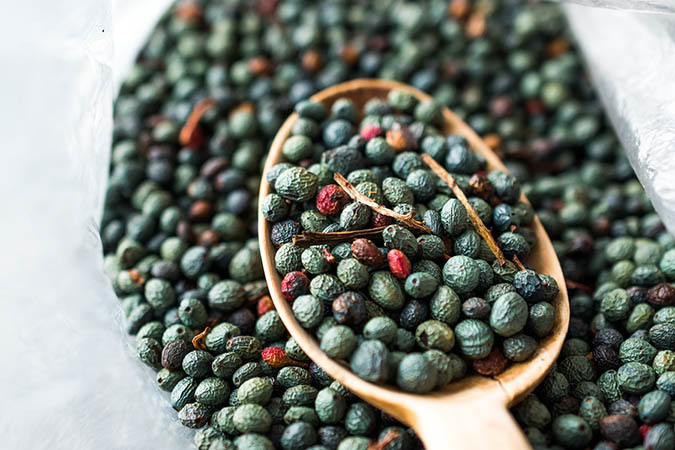
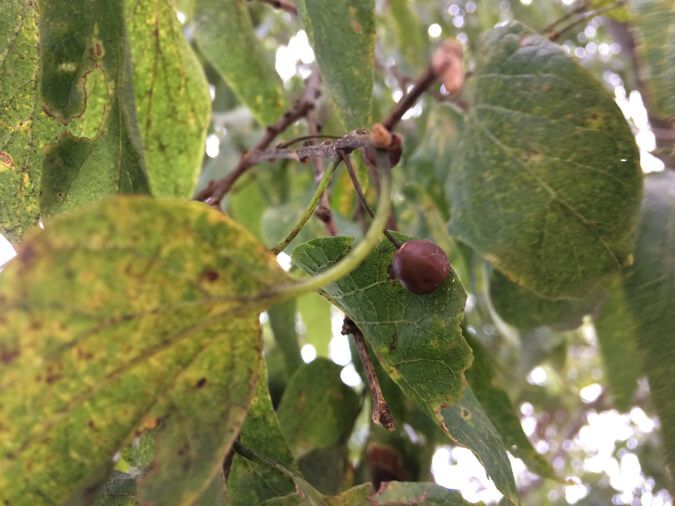
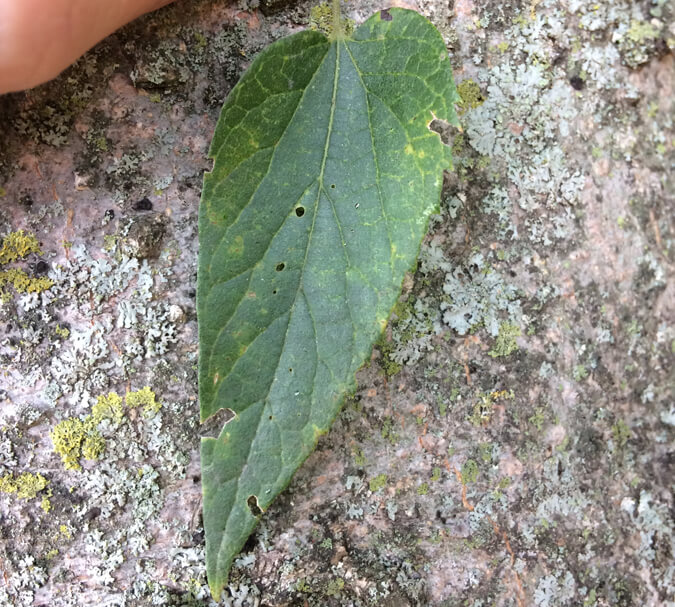
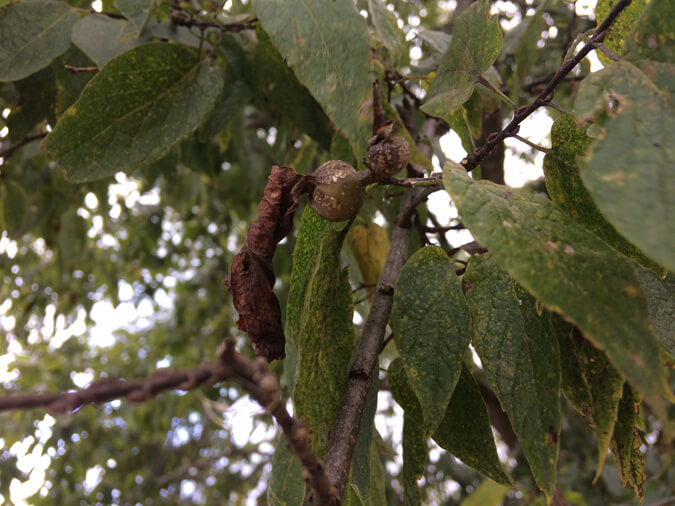
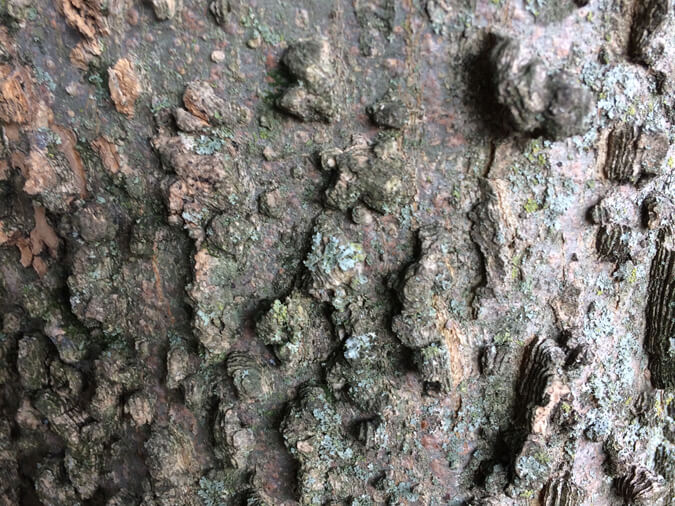







COMMENTS(8)
Thanks Scott we are kindred spirits. On my way to feed and let out my ducks each morning I eat a few dandelion leaves….probiotics! I will keep my eye out for a hackberry tree on Whidbey Island.
Thanks! Good luck with the hackberries and say hi to the ducks for me. 🙂
I, too, play the “what if zombie apocalypse” game… I always seem to lose, though. Maybe hackberries are the answer 🙂 I will have to look up a local breed – thank you!
Ha. Well good luck on future games, and good luck with the hackberries. I wrote an articles on pine trees too. If you’re around pines, they can sure give you a boost in your “what if” games.
Yes, I play the what if game as well! Glad I’m not the only one. Question: I wasn’t clear on whether the seed is edible without cooking or blending; IOW: is it easy enough to eat them by the handful, etc or is it necessary to process them first? Thanks in advance for your reply and for sharing your knowledge and experience. Oh, and how feasible would it be to grow these on purpose in Arizona (Phoenix valley)?
Hi tozierpatriot. Yes. You can eat the seeds raw or cooked. The only downsize of eating them raw is that the seed can be rough on your teeth. And if you swallow them whole, I expect that they would just pass right through you. Though I will admit that I’ve never tried swallowing a bunch whole.
You should definitely be able to grow hackberries in Arizona. According to the USDA, you have 2 native species: Spiny hackberry (Celtis ehrenbergiana) and netleaf hackberry (a variant of Celtis laevigata). And common hackberry (Celtis occidentalis) is only a state away to the north and the east. So you could probably encourage it to grow there too, with some care given to the planting site.
All of those should be edible, by the way. But you ought to double check the spiny hackberry with a local expert. I’m not personally familiar with it.
Thanks for the question!
Thanks Scott; I think I will give it a try.
Since I live in Zone 5a, it’s probably too cold for growing Hackberries. However, I did have some success growing Tiger Nuts (Chuga). Looking forward to seeing the produce in the soil when I dump out the bucket later this fall.